The Universe is a measureless dimension far beyond human comprehension. When one attempts to imagine that the Universe has no beginning or end, it sends one into a deep spiral of questioning. The James Webb Space Telescope (JWST) predicts to revolutionise human knowledge of the unknown – and is being prepared to record its first observations on exoplanets.
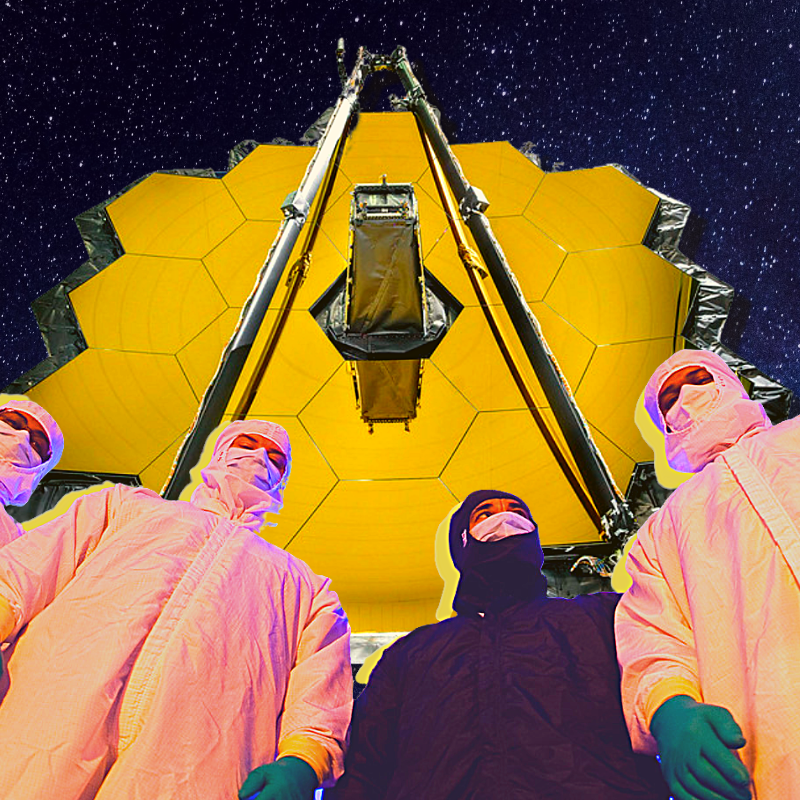
How is it humanly possible? Where do we sit in this endless spatial and temporal dimension? How small are we? Are we the only ones? Where does the endless stream of questioning end?
Thanks to the James Webb Telescope, scientists are in motion – preparing to find alien life on exoplanets. Defined, in layman’s terms, as ‘other worlds’ that orbit the stars.
Identifying Other Species?
A graduate in astronomy and astrophysics at UC Santa Cruz, Maggie Thompson, shares her excitement with Vice,
“JWST is going to revolutionize our understanding of exoplanets and will allow us to begin characterizing the atmospheres of rocky, potentially habitable worlds.”
According to a 2018 paper, partially written by Joshua Krissansen-Totton, detecting oxygen is more challenging than finding methane properties with the JWST.
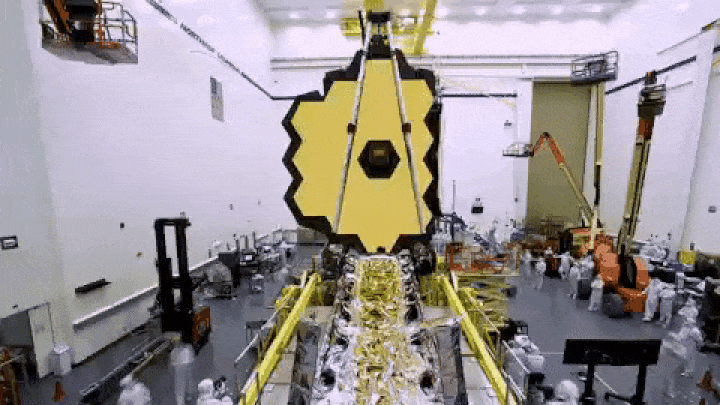
Detecting methane will indicate there is a large supply of gas rising into the skies of other planets. Thompson further states that,
“Although JWST alone will likely not be able to fully assess habitability, it may identify interesting targets… to determine if methane is produced by life.”
Scientists are researching biosignatures on exoplanets, such as oxygen, oxone, and carbon dioxide; which signify the presence of potential life.
The Launch
The telescope officially launched on December 25, 2021.
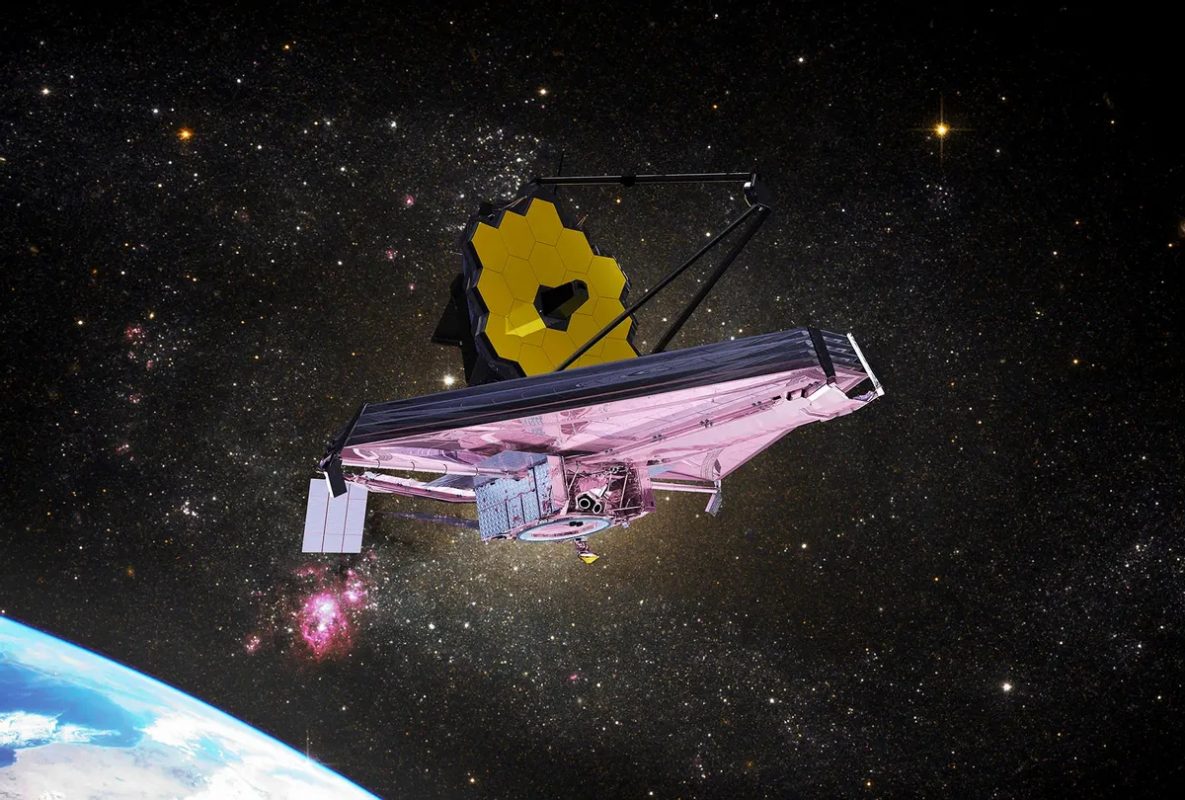
The JWST is designed to find life through the biosignature methane instead of oxygen. The telescope is apparently highly sensitive to infrared light.
This makes it simpler to detect levels of methane in the atmosphere of extraterrestrial worlds. By extraterrestrial worlds, I do mean aliens. Yes, aliens. The forever speculated green myth that is featured in nearly every science fiction movie in history. No, I don’t mean ‘Paul’ with the loveable voice of Seth Rogen.
Planned Observations
In its quest to study small galaxies orbiting the Milky way, what has it found? We don’t yet know! Its research plans and findings remain top secret according to MSN. The Project Scientist of the JWST at NASA Goddard Space Flight Centre in Maryland, Jane Rigby, shared at a News Conference on March 16th,
“Yes, the targets have been chosen for the super-secret first images that will be released.”
Rigby further confirms that the first year of the telescope’s findings have already been finalised – and that images of its findings on exoplanets are set to be released between late June and early July.
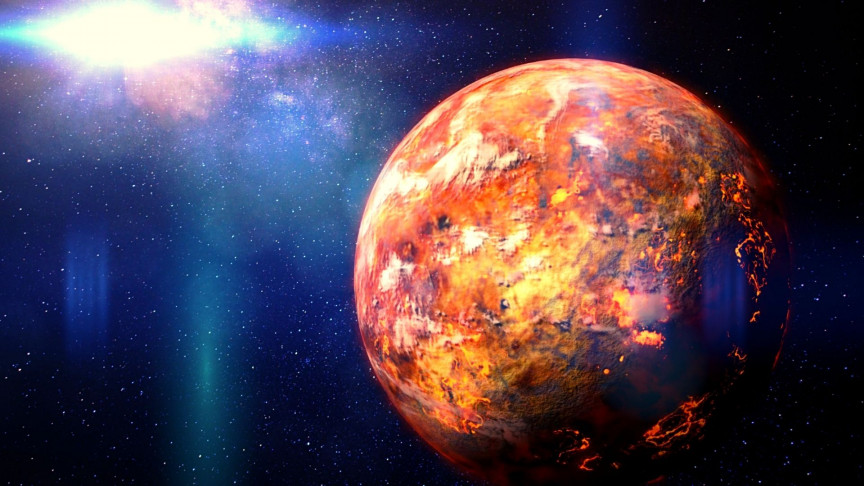
The $10 billion Webb observatory is not only studying exoplanets, but it is the real-life equivalent of Marty McFly’s Delorian. It will reportedly be used as eyes into the past to research,
“to understand how galaxies like our own Milky Way formed, and then evolved over 13.7 billion years of cosmic time.”
Jane Rigby tells MSN. Only when it hits 88 miles per hour, of course!
The Release of Findings
The public will only have access to the anticipated findings after the lengthy process of producing the images.
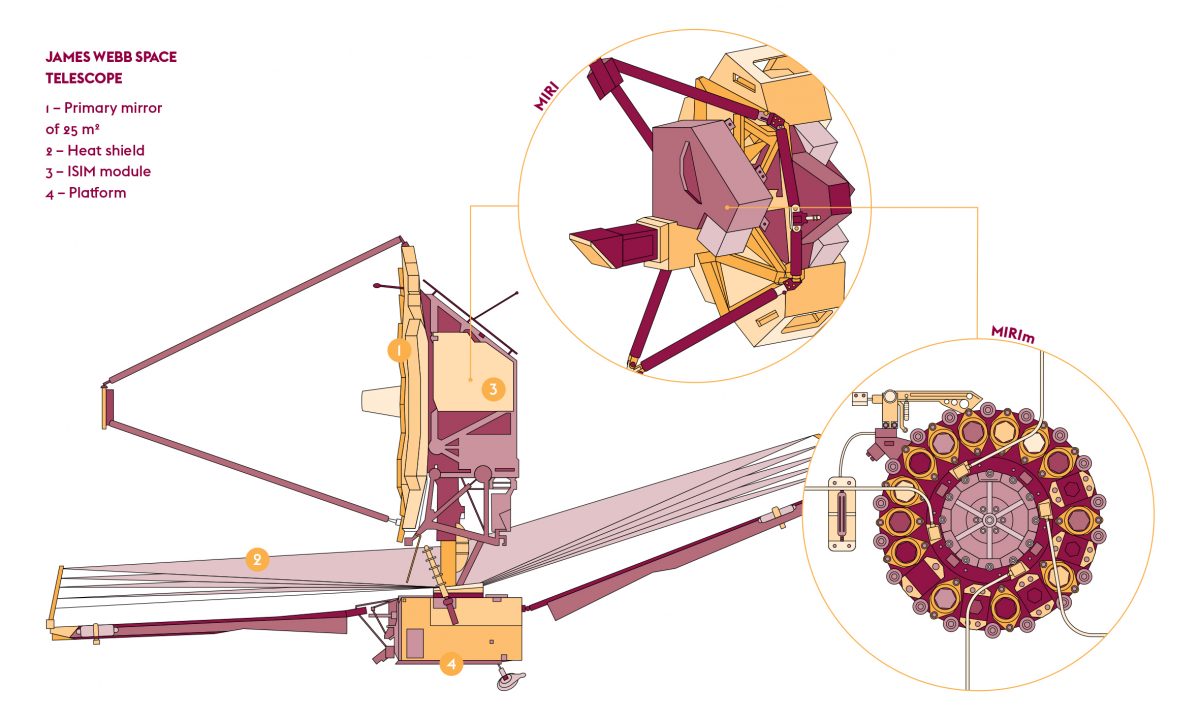
There are four science instruments on the telescope that are necessary to produce images. Only one of the four called the ‘Near Infrared Camera (NIRCam) is functioning. The other science instruments have to be on and
“still need to be adjusted and aligned with the mirrors to produce images of the best scientific quality.”
Credit: Space.com
NASA’s James Webb Space Telescope mission: Live updates are available here.
Subscribe to FIB’s Weekly Breaking News Report for your weekly dose of music, fashion and pop culture news!







